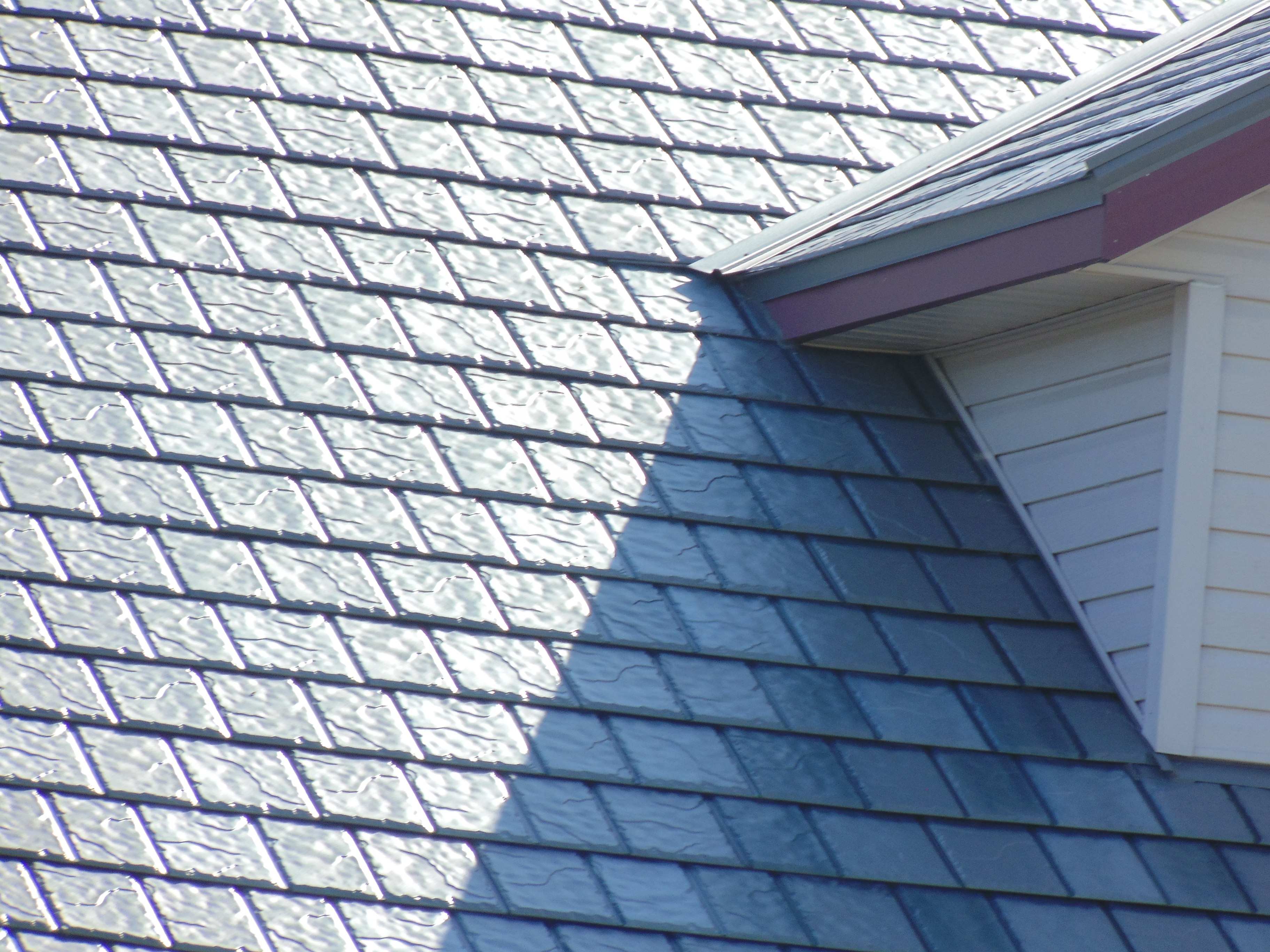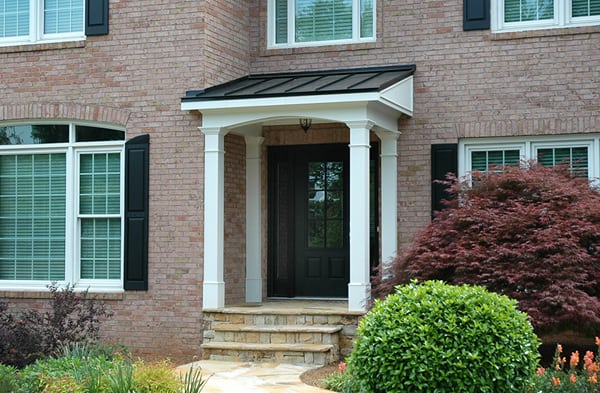
The greater the R-Value, the greater the resistance will be, which will provide a building with better thermal resistance.

For a roof assembly, roof deck type, roof insulation, and the roofing membrane combined would provide the R-value. The wood, concrete, brick, insulation, and sheetrock. Examples would be all the materials it takes to build a wall. It also can be and is calculated by combining products. This can be a single product such as roof or attic insulation, roofing materials, doors, or windows. R-values are calculations used to determine the thermal resistance or thermal insulation. What does the R-value mean for insulation types? Now that you know the 3 types of commercial roof construction, let’s discuss what R-value means and its impact on a commercial building.
#Different types of roofs install#
It’ll provide a way to achieve the desired R-Value when there’s no attic space to install conventional or spray foam insulation. Nail-base insulation is designed for steep slope construction.

This is when nail-base insulation or vented nail-base insulation can be installed. When the roof decking doubles as the ceiling inside, there is no attic space. However, in steep slope commercial construction, insulation can be installed from the rooftop side. Insulation is typically installed in the attic or the underside of the decking.

It also can be custom framed with wood 2x framing materials. Steep slope roofing is constructed with metal or wood trusses. The most common construction types on steep slope commercial roofs are gable or hip roofs. In most cases, it will result in leakage and create ongoing maintenance issues that another system would not have on a low-slope roof.Ī steep slope roof on a commercial property is identical to or similar to residential construction. For example, a low slope roof with a screw-down metal roof(PBR-panel) is not the best option. The downside is that a low slope is not good to install some roofing materials. Depending on the deck type and roof system specifications. Low-slope roofing can be insulated from underneath(the attic) or the rooftop side. A low-slope roof does not require tapered insulation. Low-slope commercial construction is when the roof already has a positive slope to drain water from the rooftop. Therefore, it’ll increase the roof system's price, impacting the project's cost. However, the downside is that it does take more labor and materials to accomplish the slope. The tapered insulation used to achieve the slope also provides the building with a higher R-value.
#Different types of roofs code#
Eliminating ponding water on a flat roof material is both a manufacturer and building code requirement. Flat roof construction requires a roofing contractor to slope the roof using insulation. It gives the engineers and architects more options for mounting rooftop equipment. To get a better understanding of insulation types we need to understand the 3 commercial roofing construction types.įlat roof, low slope roof, and steep slope roof constructionįlat roof construction is common in commercial buildings.

What are the best insulations types for flat roofing.What does an R-value mean for your building/flat roof.Flat roof, low slope roof, and steep slope roof construction.So in this article, we’ll cover the following: One that’ll last you for many years to come. Neither of these situations is favorable for you to have a long-lasting high-quality flat roof system. Many of our clients over the last 3 decades came to RoofCrafters Roofing asking, “what type of insulation would be best for my flat roof?” It’s an important question to get answered before you start getting estimates for a flat roof replacement.Įspecially if your roof is either ponding water or the sun's heat can penetrate inside. So, what are the insulation types available for flat roofing? The use of insulation will benefit you by adding to the functionality of the roof system and the building's energy efficiency. Roof insulation is one of a building's primary defenses against heat loss(winter) or heat gain(summer), more on that later. Materials such as flat roofing membranes, flashings, and insulation as well as other components. Roof assemblies accomplish this goal through the use of waterproofing materials. The primary function of any roof assembly is to protect the building from the impacts of Mother Nature.


 0 kommentar(er)
0 kommentar(er)
